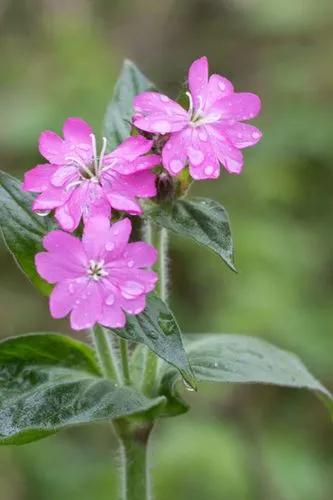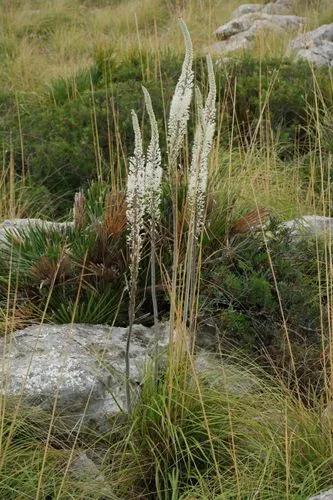Heuchera sanguinea, commonly called coral bells, is an herbaceous, clump-forming perennial that typically forms a basal foliage mound to 8-10” tall. Foliage is evergreen in warm winter climates. The epithet "sanguinea" means blood-red.
Coral bell Care
Heuchera sanguinea



Heuchera sanguinea, commonly called coral bells, is an herbaceous, clump-forming perennial that typically forms a basal foliage mound to 8-10” tall. Foliage is evergreen in warm winter climates. Showy, sweetly fragrant, bell-shaped, deep pink to red flowers (to 1/2” long) bloom from late spring to early summer (May-July) in open airy panicles atop slender leafless flowering stems rising above the foliage to 12-20” tall. Bloom sometimes extends through summer to early fall, particularly if faded flowers are regularly deadheaded. This plant is primarily native to cliffs, hills and alpine areas from New Mexico and Arizona south into northern Mexico. Rounded, cordate-based basal leaves (to 2” across) are borne on pubescent petioles to 5” long. Each leaf has 5-7 slightly toothed, triangular pointed lobes. Genus name honors Johann Heinrich von Heucher (1677-1747), physician, botanist and medicinal plant expert at Wittenberg University, Germany.
How to Care for the Plant

Water

Be sure to water well in summer months but at the same time don't let autumn and winter rainwater log the plants. Established plants will tolerate some drought, but a 2.5 cm or 1 inch of water per week is the best way to keep them happy. If you grow your coral bells in full sun, plan to give them extra water—their shallow roots will need extra moisture during hot, sunny days.

Pruning

While coral bells don't need much maintenance, you can cut back the entire flower stalk after flowering to put the plant's energy into growing more leaves. Coral bells are short-lived perennials, so you'll want to divide the plants every three to five years in the early spring or fall to keep them healthy.

Fertilizer

Feed coral bells in the spring with a half-inch layer of compost or a light amount of slow-release fertilizer. This plant has light feeding needs; you should avoid heavy applications of quick-release fertilizers, as this will inhibit flowering. Container-grown coral bells benefit from feeding with a water-soluble fertilizer to replenish nutrients that leach from the soil.

Sunlight

It needs bright, filtered light or partial shade.

Soil

Avoid using heavy soil. It may be too compacted for your potted plant and won't allow air to get to the roots.

Temperature

This plant can be grown in the areas with the lowest winter temperatures of −40°C (−40°F).

Container

Use a ceramic porous pot with a good drainage.

Popularity

4,858 people already have this plant 723 people have added this plant to their wishlists
Discover more plants with the list below
Related articles






